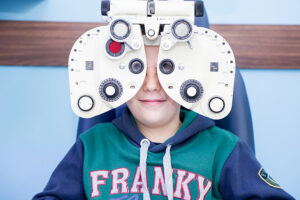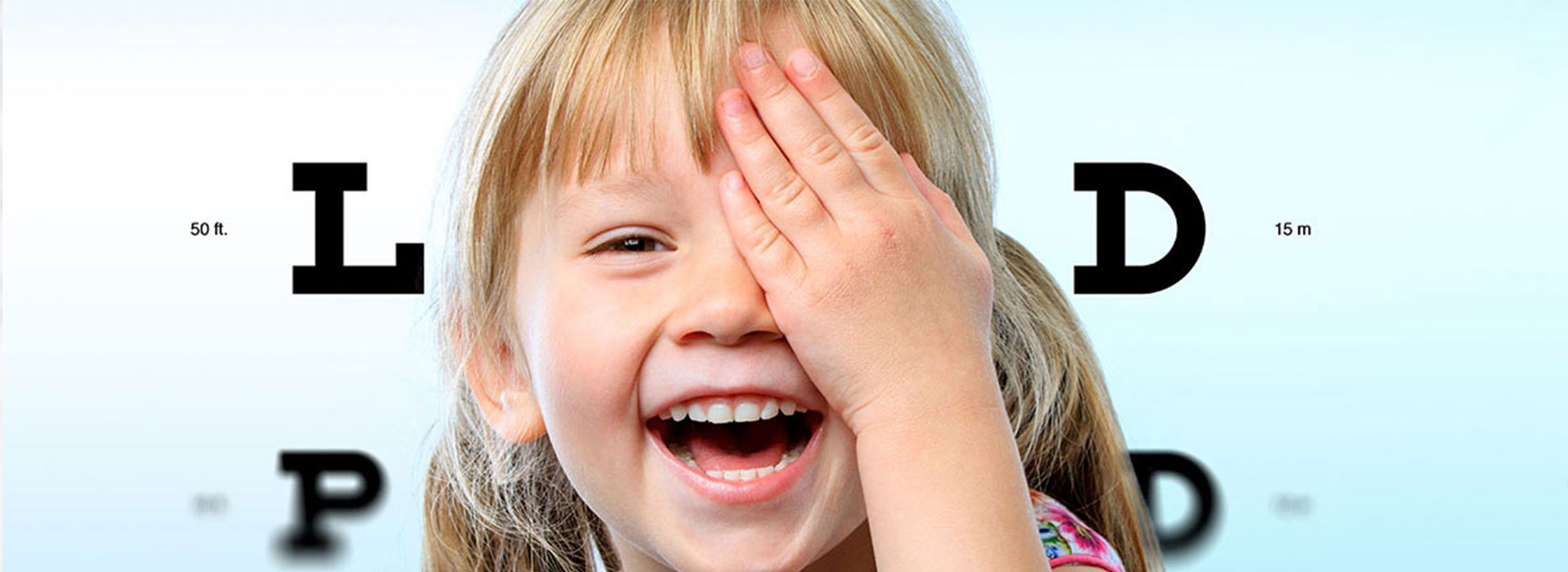Visual comfort in children
Child’s visual development
Since the moment they are born, newborns are indeed able to catch all visual stimulus from their surroundings but they cannot process them. That is: they can see lights and shapes, however they cannot identify what are those, if people, things or settings.
It’s only after 10 to 12 weeks that children can differentiate an human face from other images that can resemble it: they can tell the eyes, the nose and the mouth apart and they can recognize a smile, a smirk and lips’ movements.
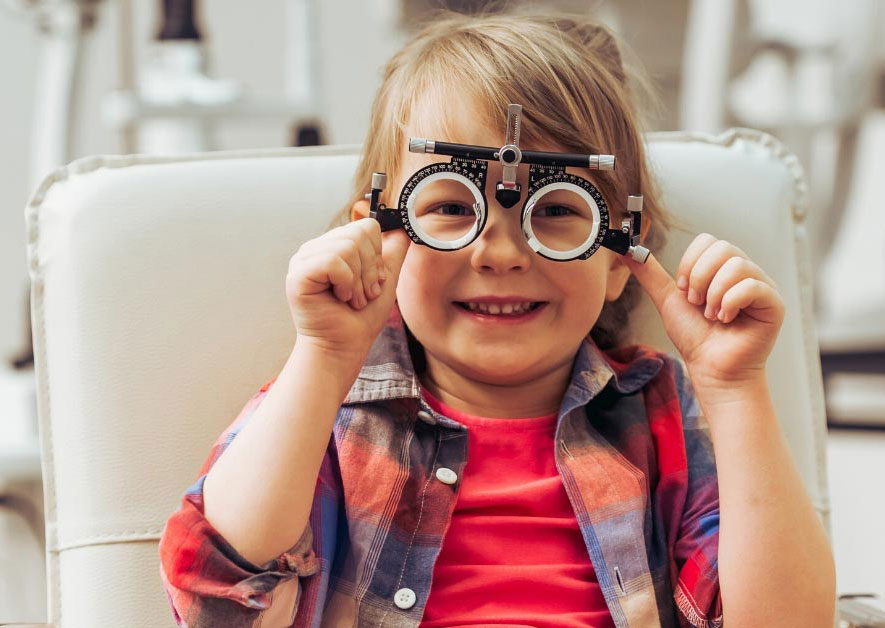
By the third-forth month, they can master the binocular vision: that is the ability to use the tridimentional vision, this means that they gain the sense of profundity in the images. Around the first and second year they can focus on objects, no matter at what distance.
When they are two years old, children can put together colors and shapes, explore far objects and they can draw rough circles. Between 4 and 6 years their optical system is fully developed.
WHAT PROBLEMS CAN ARISE IN SCHOOL?
The learning process can be affected by the arise of ametropias: the loss of ability to focus images on the retina, such as:
- Hypermetropia, a pathology that makes reading difficult and that can lead to learning problems due to the excessive strain put on the eyes.
- Astigmatism, a pathology that makes the letters blur leading to difficulties in the learning process even though the eyesight is not compromised.
- Myopia, a pathology that makes distant objects to appear blurry, therefore it makes hard to read the blackboard.
When is the right time to schedule an eye doctor appointment?
As a rule all newborns go through a first eye exam before being released from the hospital. Then the next visits are up to pediatrician’s and parents‘ will. Given the development of the optical system, it is advised to schedule an appointment between the second and third year of age, a time that often marks the start of the preschool cycle. A follow up visit is required around the start of elementary school when the child is five or six years old. There are technical devices that allows to examine even the youngest children without causing them any trauma or stress.
Other needs
we can answer to:
Dyslexia
Dyslexia is a specific learning disability characterized by difficulties with accurate and/or fluent word recognition and by poor spelling and decoding abilities. Such difficulties however do not affect general intelligence and are not caused by cognitive deficit, lack of education, contextual factors or sensory deficit.
even the World Health Organization has classified dyslexia and other learning disorders as disabilities, since they make impossible to learn how to write, read and count with the ordinary teaching methods and timings.
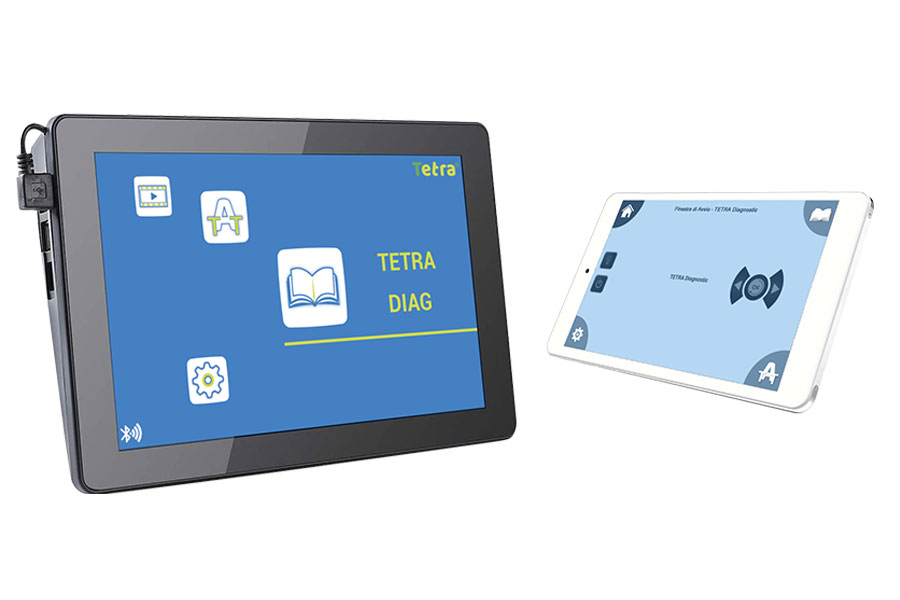
Good posture
Nowdays more and more people are affected by health issue related to a bad posture. This problem, that for years has been underestimated, is now accounted as one of the main risk factors for students and video terminal workers since it affects the musculoskeletal system as mush as the optical system.
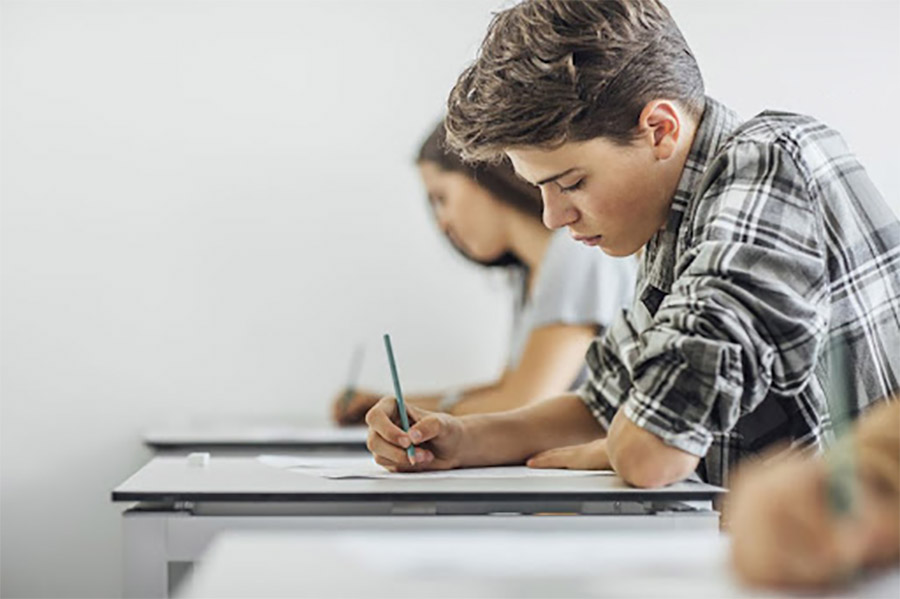
Orthoptics
Orthoptics is a branch of ophthalmology and it‘s the treatment or the art of treating defective visual habits, defects of binocular vision and muscle imbalance (as strabismus) by reeducation of visual habits, exercise and visual training. Since 1955, the orthoptist is a title given to a graduate from the Faculty of Medicine and Surgery.
Orthoptists are specialists in diagnosing and treating defects in eye movement and issues related to reading and writing activities, and bad posture.
